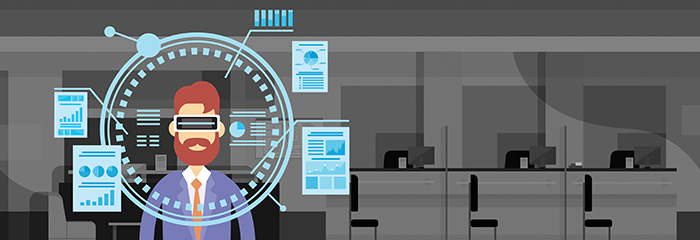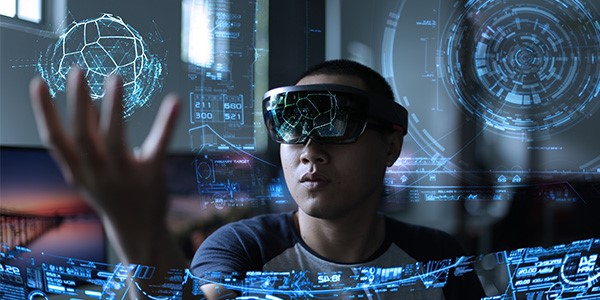AR and VR set to transform business processes
Virtual reality (VR) and augmented reality (AR) are already altering how the business world functions in ways that would have seemed unimaginable a decade ago. Yet anyone with more than a passing interest in the technologies understands that we are currently experiencing the tip of the iceberg with regards to the potential of these technologies.
Whether it’s immersing customers in virtual worlds via headsets (VR) or inserting virtual objects into the everyday world to augment customer experiences (AR), these technologies are revolutionising the supply chain from factory to consumer and the all-important customer experience.
Ramping up the technology
Like much technology in the digital age, AR and VR have been relatively slow to enter the mainstream consciousness and are still little more than buzzwords for most people. However, their influence is already being felt through the availability of an ever-increasing number of smartphone apps and big commitments in viewable hardware from all the world’s leading IT companies including Microsoft, with its HoloLens battery-powered ‘mixed reality’, Google’s Cardboard viewer, Samsung’s Gear VR, and Facebook’s Oculus. Thousands of global startups are also competing for their own niche share of this burgeoning global market.
Suggested reading:
At CES, VR and AR are evolving right under your nose
Rokid Glass voice-activated smartglasses try to improve AR
Your guide to AR, a new ‘reality’ for home and business
A whole new customer reality
AR and VR are becoming increasingly vital tools for businesses to connect meaningfully with their customers in the digital age. This means offering multi-sensory products and services that incorporate touch, sight, sound and even smell. This could include everything from buying a leather lounge suite to an apartment off a plan to a state-of-the-art presentation of a prospective holiday destination. Additionally, offering services that incorporate the latest features in these technologies is rapidly becoming key to establishing and sustaining an emotional connection with customers through marketing, sales and support cycles.
Suggested reading:
3 Examples Of How Augmented Reality Improves The Customer Experience
Virtual Reality and Augmented Reality in Customer Service: The New ‘Virtual’ Customer Segment
4 Examples of How AR & VR Will Improve Customer Service
All businesses great and small
As AR and VR move progressively from testing and early uptake into the mainstream, businesses will benefit greatly in a range of areas such as the collection of more actionable data from wearable devices, the increased mobility that AR can offer a company’s workforce, and the ability to see and correct weaknesses in supply chains, just to name a few.
Suggested reading:
How Reality Technology is Used in Business
VR and AR: The Business Reality
Why Augmented Reality and Virtual Reality Will be Important for Your Business
Here’s why AR and VR are set to take off




